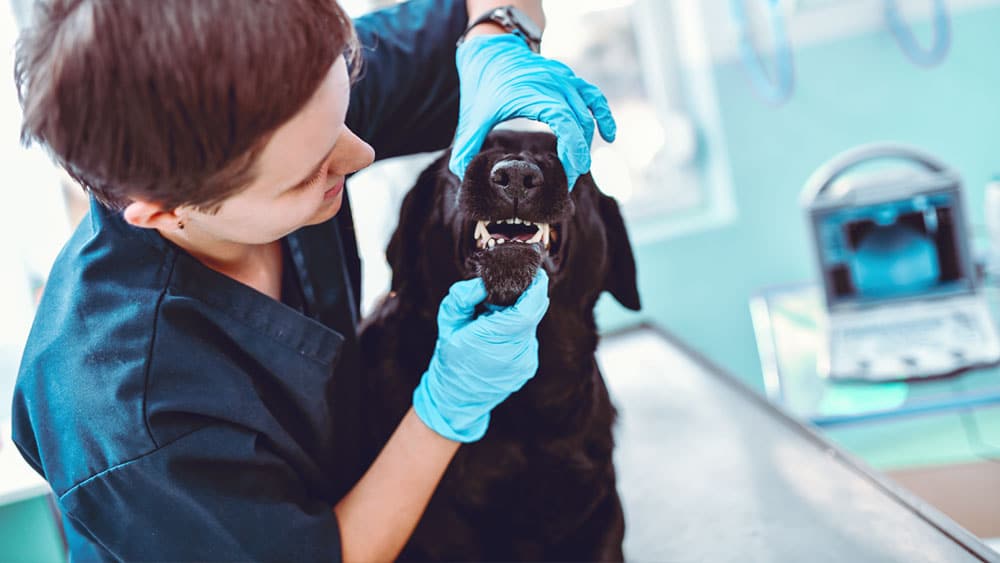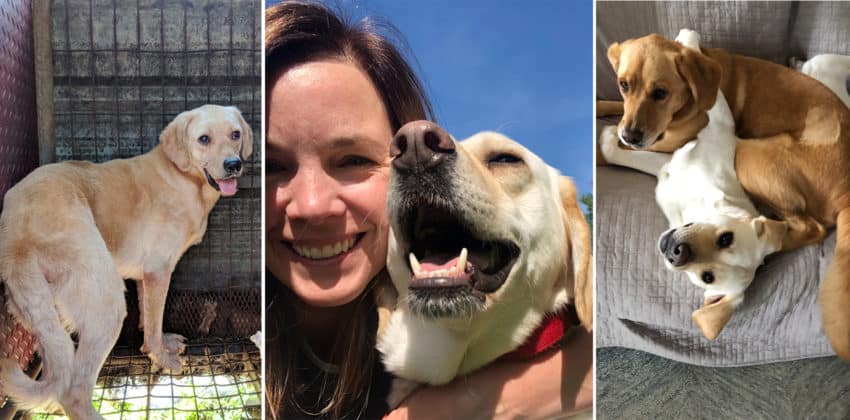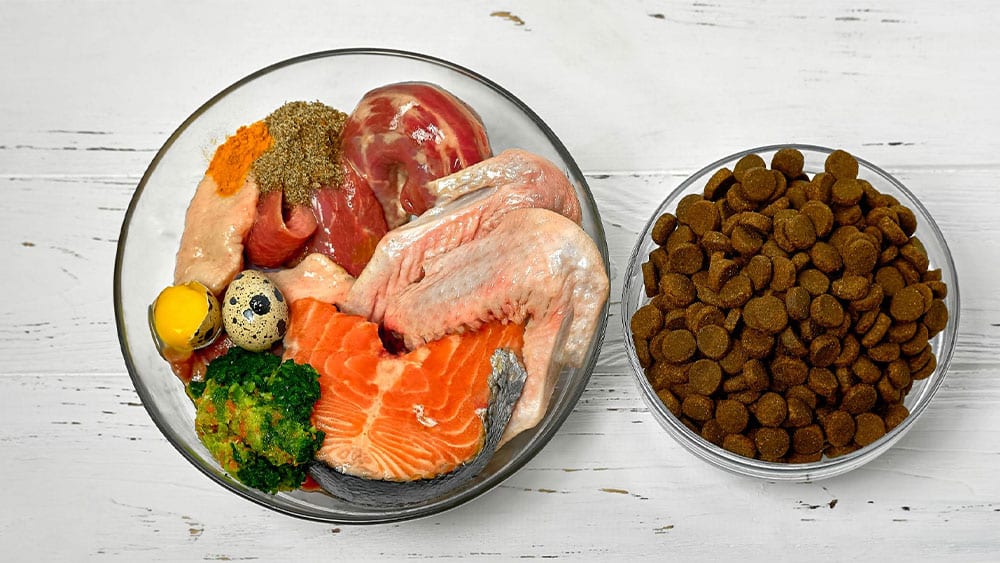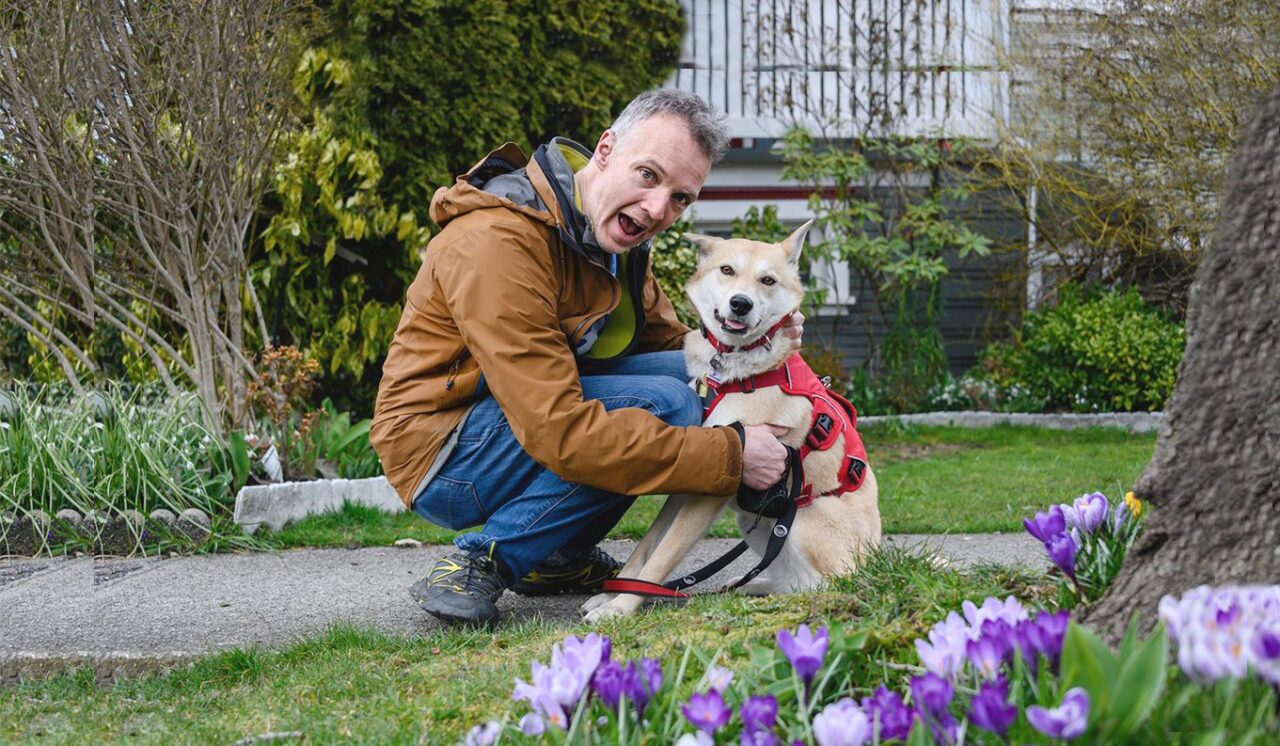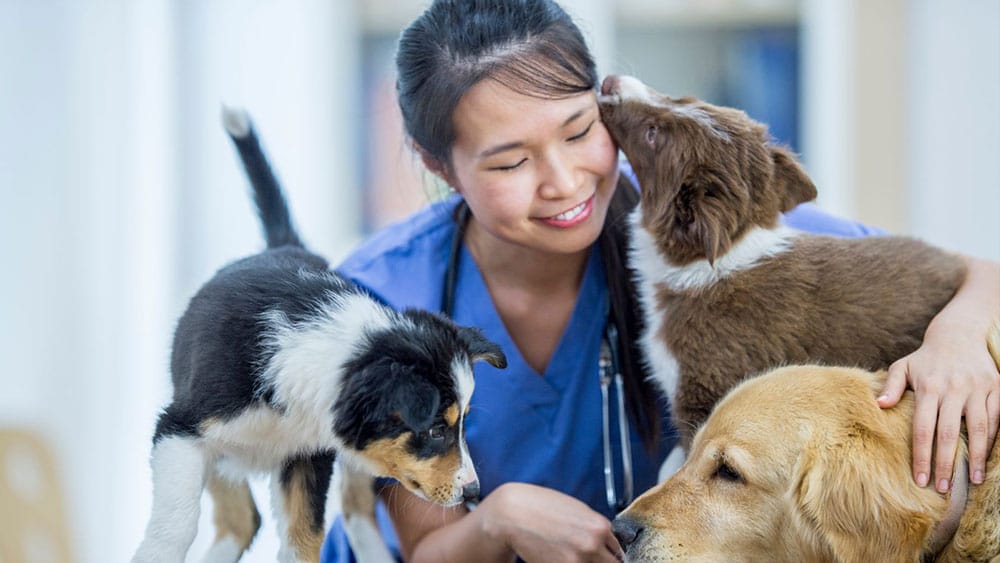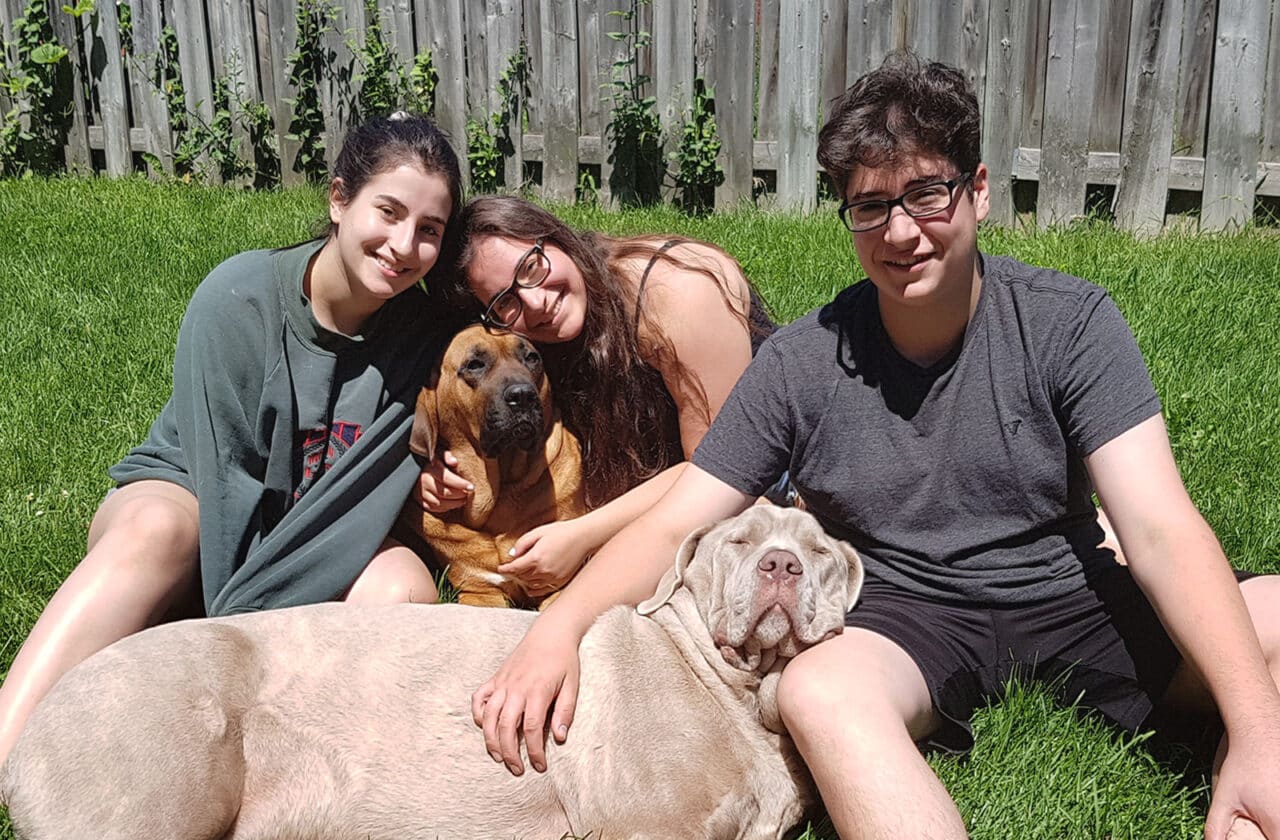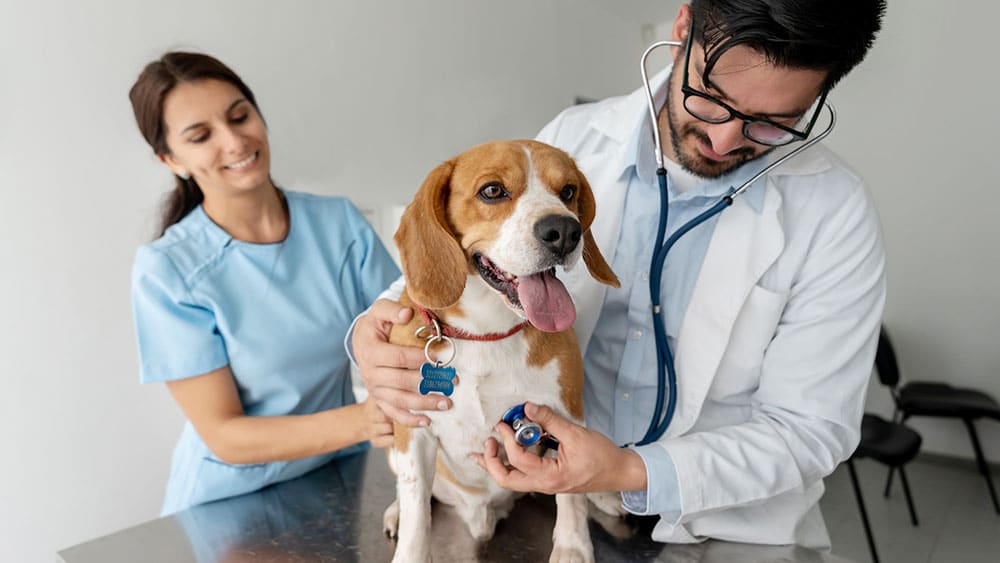Getting to the Root of Cosmetic Dental Cleaning
Guest article by Karen Ho
As a dog owner, there will come a time in your life when you hear the words “canine dental cleaning”. As part of your dog’s dental health, cleanings are a way to ensure that your dog’s teeth are doing well on the outside (pearly whites, odourless breath, etc.), as well as on the inside (strong roots and enamel, etc.).
There are two ways to get your dog’s teeth cleaned, anesthesia-free cosmetic dental cleaning vs. a comprehensive oral health exam and treatment. In this article, we will discuss the advantages and disadvantages of both.
Anesthesia-free Cosmetic Dental Cleaning
It is the hand scaling of the visible crown of the tooth on the dog. It can be done at a cosmetic dental cleaning company, your local pet store, or by your dog’s groomer. The scaling is done above the gum line with the dog being awake, resulting in physical restraint (usually lying face up on the care provider’s lap) during the entire procedure rather than using anesthesia to allow for sedation. Physical restraints of the dog result in limitations on how much dental cleaning can be done without causing stress or discomfort to the pet, so all cleanings are kept above the gumline. With a sharp tool, the plaque and tartar are scraped off, resulting in pearly whites.
Comprehensive Oral Health Exam and Treatment
It is done in a Veterinary clinic by a veterinarian and a veterinary technician while the dog is under anesthesia. Bloodwork is taken prior to each anesthetic procedure in order to ensure that your pet is in good health standing to undergo anesthesia along with deciding which medications are best for your pet. The veterinary technician will scale and polish the teeth above and below the gum line, followed by diagnostic radiographs of each tooth. The veterinarian then examines the x-rays, and the pet’s mouth thoroughly, and broken or diseased teeth are then extracted in order to prevent further decay and infection. Anesthesia is used during this procedure in order to reduce stress, alleviate and control pain, and allow for a thorough exam of every crevice in your dog’s mouth.
The following provides a summary of the comparisons of both types of cleaning:
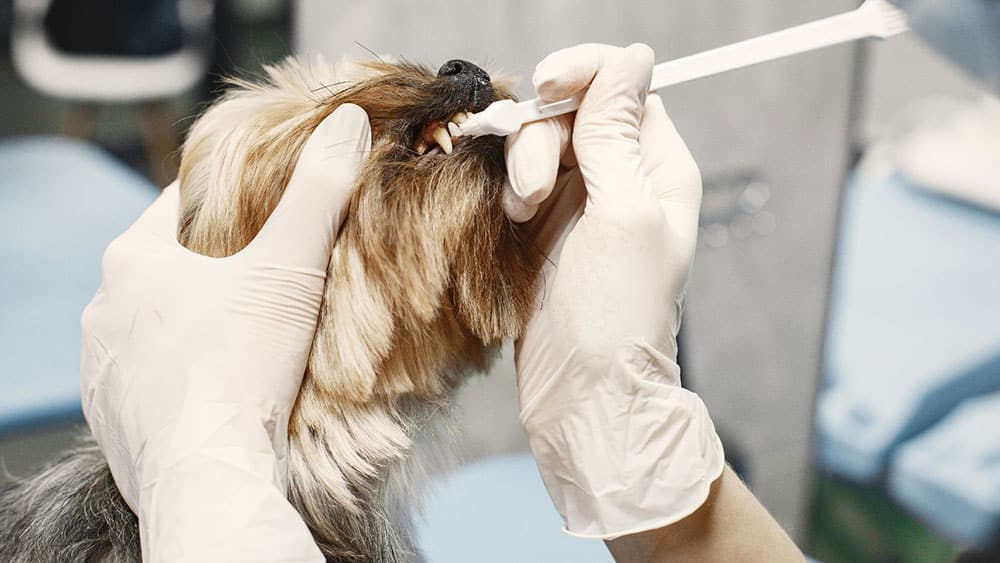
Anesthesia-Free Cosmetic Dental Cleaning (A) vs. Comprehensive Oral Health Exam and Treatment (C)
1. Will anesthetic be used?
- A> No, only physical restraint.
- C> Yes, a general anesthesia protocol that is tailored to each pet.
2. What part of the tooth will be cleaned?
- A> Visible areas above the gumline.
- C> Visible areas above the gumline as well as below gum scaling.
3. What happens during each procedure?
- A> Each pet is physically restrained so that the mouth is kept open, sometimes by force, and a professional staff member will scale the area of the tooth that is above the gum line so that it becomes clean.
- C> Prior to the procedure, the pet’s medical history and current bloodwork are reviewed and a tailored anesthetic protocol is made. An IV catheter will be put in the morning of the procedure and the pet will undergo anesthesia. A licensed veterinary technician will monitor the pet while he/she is under anesthesia and will first scale the teeth above and below the gum line. X-rays will also be taken in order to see the roots. This will help the licensed Veterinarian determine whether the pet needs tooth extractions. After possible extractions, polishing of the remaining teeth will occur and the pet will be recovered.
4. What should I be concerned with in regard to each procedure?
- A> Pets are physically restrained during each cleaning and their mouths need to be kept open which may be quite traumatic for some pets.
- C> Anesthesia is not risk-free and is understandably a concern with many pet owners.
5. What is missed during this procedure?
- A> While calculus (tartar) can be easily chipped off the upper part of the tooth during anesthesia-free cosmetic dental cleaning, below-gum scaling will not be achieved as it can be painful for conscious pets. This can be a problem as this is where bacteria gather. X-rays also are not able to be properly taken on a conscious pet, leading to uncertainty of the pet’s dental health under the gumline.
- C> Under a licensed Veterinarian and Veterinary Technician, a full dental exam will be done in order to get a comprehensive picture of your pet’s current dental health. Appropriate treatment will then be suggested.
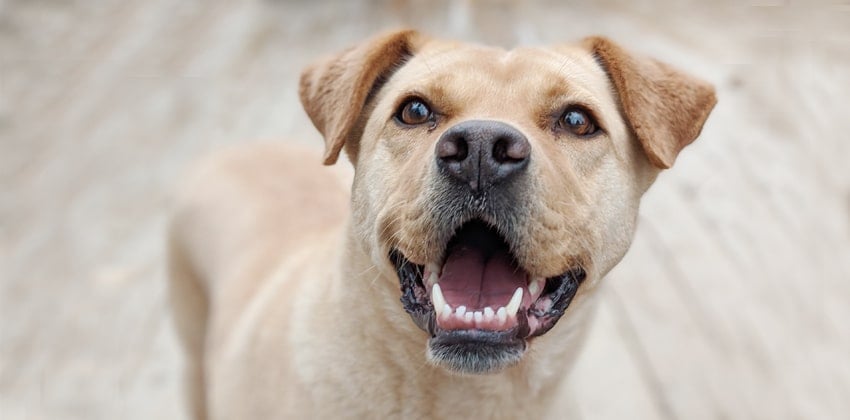
What is the Best Thing I Should Do for My Pet in Terms of Dental Health?
Veterinarians will always recommend a comprehensive oral health exam and treatment. Dental disease is particularly a concern for small and toy breeds as they have disproportionately large teeth for their small bodies. As a result, crowding of the teeth occurs and food and debris will cause plaque and tartar to settle with time. Over time, teeth will become loose, and without proper extractions, infection will settle in and may affect the rest of the body’s systems. With large breeds, it is not uncommon for them to chew on hard objects which leads to chipping of the teeth. When overlooked, it can also lead to infections.
While anesthesia-free cosmetic dental cleaning has its merits and is great for pearly whites, it is also purely cosmetic. It is a great option for maintaining your dog’s teeth on the surface but can offer a false sense of security as dental health issues lie beneath the gum line. It can, however, be effective when used in conjunction with comprehensive oral health exams by a vet.
For a complete breakdown of a comprehensive oral health exam and treatment, please visit the American Animal Hospital Association for more information.
Conclusion
We all want what’s best for our pets in terms of health. Whether you decide to opt for anesthesia-free cosmetic cleaning vs. a comprehensive oral health exam and treatment, it is important to understand what is offered during both procedures.
Reference:
Veterinary vs Anesthesia-Free Teeth Cleaning
About the author: Karen is a FKD adopter and volunteer. She has over 10 years of experience working with animals and has been working as a licensed senior veterinary technician for over 8 years.
Subscribe for Updates
Get our dogs in your inbox once a month, along with our latest news and events. We never send spam, and you can opt out at any time.
